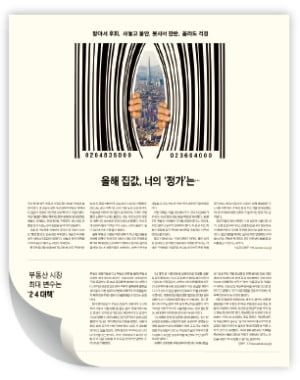The rate at which house prices are rising in some areas borders on delirium. Aspiring homeowners are right to ask if they have the luxury to wait any longer before entering the market.
Imagine the deadlock: you get into the idea of accumulating as much downpayment as possible to avoid too much mortgage debt, but house prices are rising faster than you manage to raise.
Take Mascouche as an example. There, home values climbed 16% in the last quarter of 2020 compared to the same period the year before. At this rate, the median price of a home in this suburb of Montreal is expected to climb over $ 50,000 by the end of the year.
Take any town located within a radius of 30 km from the metropolis, you will find the same problem. Even beyond, and in some regions. Nothing tells us that the resale market will be able to sustain this rate of growth for a very long time, but admit that it never ceases to surprise us with its dynamism.
So what to do?
5% or 20% down payment?
In this context, wanting to raise a larger down payment than necessary for a first acquisition may not be the best strategy.
Buying a home requires a minimum down payment of 5%. As long as this contribution is sufficient to qualify for a mortgage loan, a first-time buyer does not really have to wait to increase his contribution.
There is a price, it’s true: the mortgage insurance premium. You need a down payment of at least 20% of the value of the house to avoid it. The cost may be surprising: 4% of the loan amount, when it covers 95% of the transaction price. The premium is then added to the mortgage.
For example, a house purchased at $ 350,000 (the price of Mascouche) with a down payment of 5% ($ 17,500) will require the payment of a premium of $ 13,300 to CMHC, financed using the mortgage. Ultimately, this will amount to $ 345,800 (350,000 – 17,500 + 13,300).
To get around the insurance, you have to pay a down payment of 20%, or $ 70,000 for a transaction of $ 350,000. We agree that it takes more time to raise $ 70,000 (20%) than $ 17,500 (5%).
In the meantime, real estate prices could rise enough that our buyer no longer has the means to settle in Mascouche. He will have to ogle houses somewhere closer to Joliette.
We can’t predict it, but such a scenario is quite plausible.
Rate discounts
But what do you really gain with a large down payment? Less than you might think, because the interest rates on a conventional (uninsured) loan are higher.
“It’s more or less 20 additional basis points,” says Yves Ferragu, mortgage broker at Multi-Prêts.
The buyer who will contribute 20% will pay, for example, interest of 2.20% instead of the 2% that will benefit the one who has paid the minimum down payment.
At first glance, the difference may appear insignificant, but over time, the rate discount offered on the insured loan offsets a large portion of the cost of the insurance premium.
TO KNOW
- A loan remains insured as long as you do not go into refinancing.
- One can get a rate discount as long as the loan remains insured, even after a mortgage renewal with a new lender.
- When the “loan / value” ratio reaches 65%, the rate reduction can be granted to uninsured loans, according to broker Yves Ferragu of Multi-Prêts.
–


